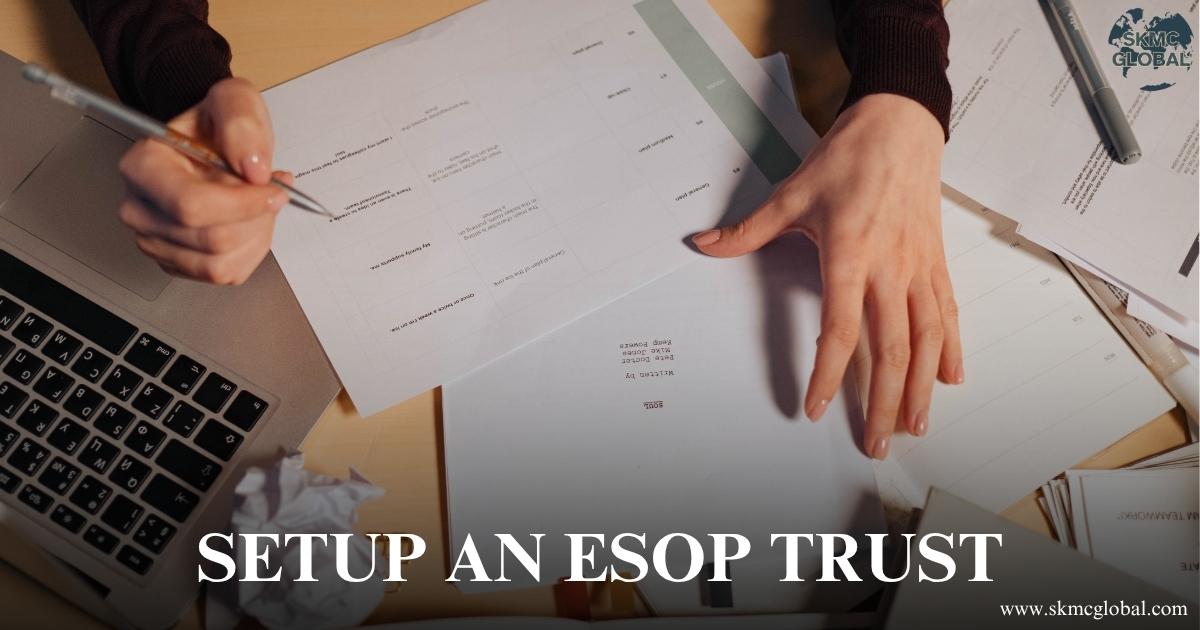
Employee Stock Option Plans (ESOPs) are a powerful means for firms to recruit, retain, and motivate employees. By granting employees equity interest in the company, ESOPs tie their interests together with long-term firm goals. The most common and efficient way to deliver ESOPs is through the vehicle of an ESOP Trust.
Employers can align employees' interests with long-term growth by sharing ownership with them through an Employee Stock Ownership Plan (ESOP), which is more than just a financial tool. Fundamentally, an ESOP enables workers to acquire beneficial ownership of the business they work for, usually at no initial expense to them.
Spotlight on the ESOP Trust Mechanism
The trust serves as a legal intermediary for the company and its employees. The process involves the company establishing an ESOP trust, which then buys company shares, whether they are newly issued, acquired from current shareholders, or bought on the open market. After that, the shares are gradually distributed among the trust's employee accounts, typically according to years of service or salary.
Crucially, employees are beneficial owners rather than direct shareholders, even though the trust owns the shares. Unless otherwise specified in the plan or at particular corporate events, they normally do not have direct voting rights, but they do receive the economic value of the shares.
Here, we will take you through the step-by-step procedure to set up an ESOP Trust, and legal, financial, and operational implications, in simple and clear terms. Whether you are an emerging business or a start-up, this guide will support you in creating a robust structure of employee ownership.
Why Choose the Trust Route for ESOPs?
An ESOP Trust is a statutory vehicle formed by a company to purchase, own, and deal with shares intended to be distributed under an employee stock option scheme. The trust serves as a middleman between the company and the employees to ensure fair and methodical distribution of shares.
Let's first discuss why companies opt for implementing ESOPs through a trust before diving into the process:
- Centralized management of employee stock options
- Greater convenience in holding and transferring shares
- Tax savings to employees and employers both
- Better transparency and legal compliance
Step-by-Step Guide to Setting Up an ESOP Trust
Let’s understand the process of setting up an ESOP trust step by step:
1. Board Approval
First of all, the sanction of the Board of Directors of the company must be obtained. The board must pass a resolution in order to create the ESOP Trust, adopt the ESOP scheme, and appoint the trustees.
Principal Items to be Incorporated in Board Resolution:
Purposes of the trust
Type of shares to be issued/transferred
- Number of shares to be allotted
- Role and responsibilities of the trust
2. Drafting the Trust Deed
The next action is to draft the ESOP Trust Deed, which is a legal document that governs the functioning of the trust
The Trust Deed should have:
- Name of the trust and its objective
- Details of trustees (individual trustees or corporate trustees)
- Powers and duties of trustees
- Process of share allotment and transfer
- Compliance mechanism
You can seek guidance from a legal expert to ensure the deed complies with the Companies Act, 2013 and SEBI (SBEBSE) Regulations, 2021 (if applicable).
3. Trust Registration
Once the trust deed is prepared, the same needs to be signed on stamp paper and registered under the local sub-registrar based on the prevalent stamp laws of your state.
Documents that require submission for registration:
- Duly executed trust deed
- Proof of address and identity of trustees
- PAN card of the trust (if already received)
- Copy of board resolution
4. PAN and Bank Account for the Trust
After registration, get a PAN in the name of the ESOP Trust. Create a new bank account for the trust after the PAN has been assigned.
All financial transactions will be made using this account, including:
- Purchase of shares
- Dividend or buyback amount
- Payment to employees
5. Acquisition of Shares by the Trust
The trust can acquire shares in either of the following manners:
- Fresh allotment by the company, or
- Purchase of existing shares from promoters/shareholders
You have to comply with pricing, valuation, and disclosure standards if your company is listed or proposing to raise money.
Shares of unlisted companies must be valued by a registered valuer or a merchant banker.
6. Preparing and Operating the ESOP Scheme
After trust has been established, the business must create a thorough ESOP scheme. This suggests:
- Eligibility conditions for employees
- Vesting schedule and period
- Exercise price and time
- Conditions for lapse or purchase back
At a general meeting, shareholders will adopt a special resolution approving the employee cssd.
7. Granting and Vesting of Options
Once the scheme has been authorized:
- The Compensation Committee or NRC can grant options to eligible employees.
- Staff must serve out the vesting period, typically 1–4 years, before the option can be exercised.
- The trust assures vested shares to be transferred to employees under the scheme.
8. Disclosure and Compliance
Depending on the fact that you own a listed or unlisted company, you must provide statutory disclosures under:
- Companies Act, 2013
- Income Tax Act, 1961
- SEBI (SBEBSE) Regulations, 2021 (for listed companies)
Maintain proper books of accounts of the trust and make annual compliance with the ROC and income tax authorities.
Tax and Compliance Framework
- Taxation: ESOP taxed as perquisite at exercise (FMV less exercise price under Section 17(2)); capital gains tax on sale difference from FMV at exercise.
- Eligible start-ups enjoy deferred TDS and tax until sale/termination or five-year rule.
- Ind AS 102 accounting needs to be done by companies and scheme impact disclosed in the financial statements in accordance with Companies (Accounts) Amendment Rules effective from 14 July 2025 – including share-based payment disclosure and governance metrics.
Merge 2025 Updates into Setup Workflow
- While preparing and approving esop scheme, include provisions whereby founders/promoters may be permitted to hold earlier granted options in the event that they meet one-year pre DRHP vesting.
- Design vesting calendars considering SEBI’s new flexibility—retain terms for vesting and exercise post IPO for employees who become promoters.
- When communicating to shareholders and employees, explain these changes as part of the governance and alignment narrative.
- Account for deferred tax treatment where applicable, especially if the company qualifies as an eligible start up under Income Tax rules.
Conclusion
The process to establish an ESOP Trust is multistep: esop scheme designing, corporate approvals, formation of the ESOP Trust, funding and share acquisition, grant of options and vesting, ESOP valuation handling, ensuring exit routes, tackling taxation, and governance.
Recent regulatory developments in mid-2025—especially SEBI’s amendments allowing promoters to retain ESOPs granted over a year before IPO filing—represent a paradigmatic shift in start-up incentive structuring. Corporates and their advisers must embed such changes into their esop plan design. A technologically sound ESOP Trust with compliant esop valuation, independent trustee, accurate resolutions, and well-defined exit mechanisms provides solid linkage between company performance and human capital rewards, particularly essential in the current dynamic regulatory and startup environment. If you're committed to establishing a people-first culture, an ESOP Trust can be your next giant leap. Consult with your attorneys and financial advisers and do it right.
Recent Posts
-
 Customs Detention of Goods: How It Works, Demurrag...
Dec 16,2025
Customs Detention of Goods: How It Works, Demurrag...
Dec 16,2025
-
 Procedure to Apply for Free Sale Certificate...
Dec 05,2025
Procedure to Apply for Free Sale Certificate...
Dec 05,2025
-
 What is SIMS and When It Is Required?...
Nov 10,2025
What is SIMS and When It Is Required?...
Nov 10,2025
-
 What if your SVB investigation does not satisfy cu...
Nov 04,2025
What if your SVB investigation does not satisfy cu...
Nov 04,2025
-
 Mastering HSN Characterization for Importers...
Oct 29,2025
Mastering HSN Characterization for Importers...
Oct 29,2025
-
 What is IGCR and How to Take the Benefit?...
Oct 18,2025
What is IGCR and How to Take the Benefit?...
Oct 18,2025
-
 What is CAROTAR and Its Impact on Industry?...
Oct 15,2025
What is CAROTAR and Its Impact on Industry?...
Oct 15,2025
-
 India’s Free Trade Agreement with Europe ...
Oct 14,2025
India’s Free Trade Agreement with Europe ...
Oct 14,2025
-
 Comprehensive Economic Partnership Agreement of In...
Oct 13,2025
Comprehensive Economic Partnership Agreement of In...
Oct 13,2025
-
 Refund under Section 75 of Customs Act, 1962...
Oct 11,2025
Refund under Section 75 of Customs Act, 1962...
Oct 11,2025
-
 Refund under Section 74 of the Customs Act, 1962...
Oct 10,2025
Refund under Section 74 of the Customs Act, 1962...
Oct 10,2025
-
 All About DFIA Scheme under Foreign Trade Policy...
Oct 07,2025
All About DFIA Scheme under Foreign Trade Policy...
Oct 07,2025
-
 Navigating BEPS 2.0: Pillar One & Pillar Two in Tr...
Aug 16,2025
Navigating BEPS 2.0: Pillar One & Pillar Two in Tr...
Aug 16,2025
-
 Import license on restricted goods in india...
Aug 07,2025
Import license on restricted goods in india...
Aug 07,2025
-
 Procedure to take ICEGATE Registration...
Aug 06,2025
Procedure to take ICEGATE Registration...
Aug 06,2025
-
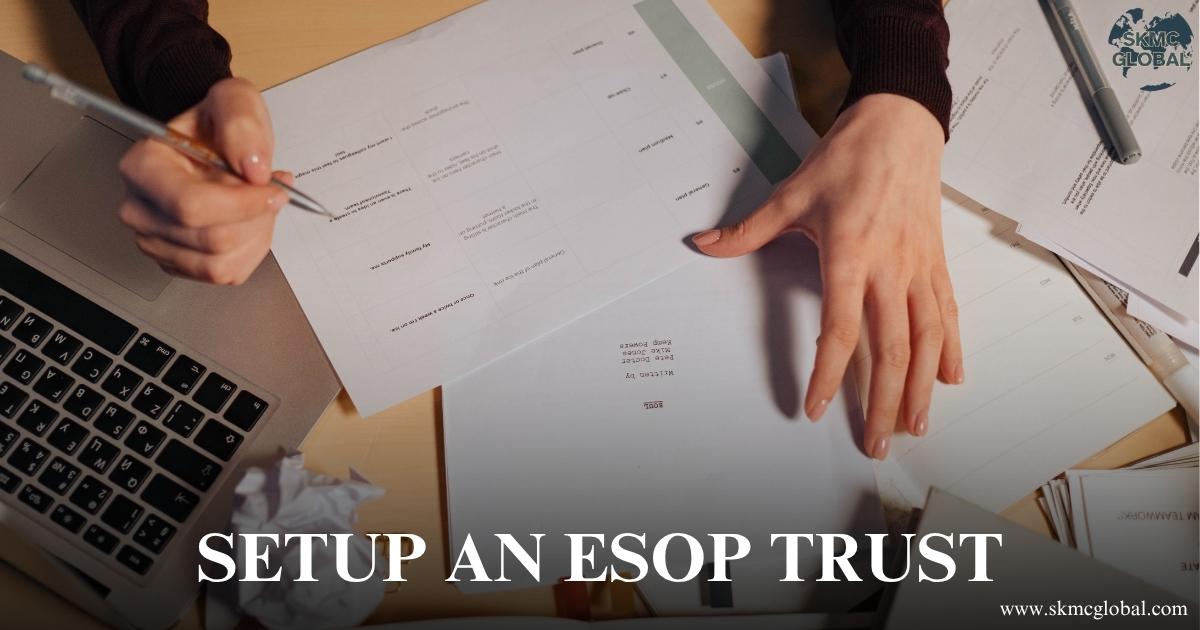 Procedure to setup an ESOP Trust...
Aug 01,2025
Procedure to setup an ESOP Trust...
Aug 01,2025
-
 Foreign Remittance under liberalised remittance Sc...
Jul 30,2025
Foreign Remittance under liberalised remittance Sc...
Jul 30,2025
-
 A Step-by-Step Guide to Becoming a GCC AEO...
Jul 18,2025
A Step-by-Step Guide to Becoming a GCC AEO...
Jul 18,2025
-
 Role of Mutual Recognition Agreements under AEO an...
Jul 14,2025
Role of Mutual Recognition Agreements under AEO an...
Jul 14,2025
-
 What is Anti Dumping Duty investigation and its pr...
Jul 09,2025
What is Anti Dumping Duty investigation and its pr...
Jul 09,2025
-
 Annual return requirement under RoDTEP scheme of D...
Jul 09,2025
Annual return requirement under RoDTEP scheme of D...
Jul 09,2025
-
 EPCG Registration: A Step by step Guide for Indian...
Jul 08,2025
EPCG Registration: A Step by step Guide for Indian...
Jul 08,2025
-
 Why Logistics Outsourcing Is the Future of Smart S...
Jun 02,2025
Why Logistics Outsourcing Is the Future of Smart S...
Jun 02,2025
-
 India's Foreign Trade Agreement and Investment Tre...
May 31,2025
India's Foreign Trade Agreement and Investment Tre...
May 31,2025
-
 Differences Between FCGPR and FCTRS:A Comprehensiv...
May 28,2025
Differences Between FCGPR and FCTRS:A Comprehensiv...
May 28,2025
-
 Understanding FDI Norms- A Guide for Foreign Inves...
May 29,2025
Understanding FDI Norms- A Guide for Foreign Inves...
May 29,2025
-
 What you need to know about india's special econom...
May 27,2025
What you need to know about india's special econom...
May 27,2025
-
 Understanding ODI (Overseas Direct Investment) Und...
May 26,2025
Understanding ODI (Overseas Direct Investment) Und...
May 26,2025
-
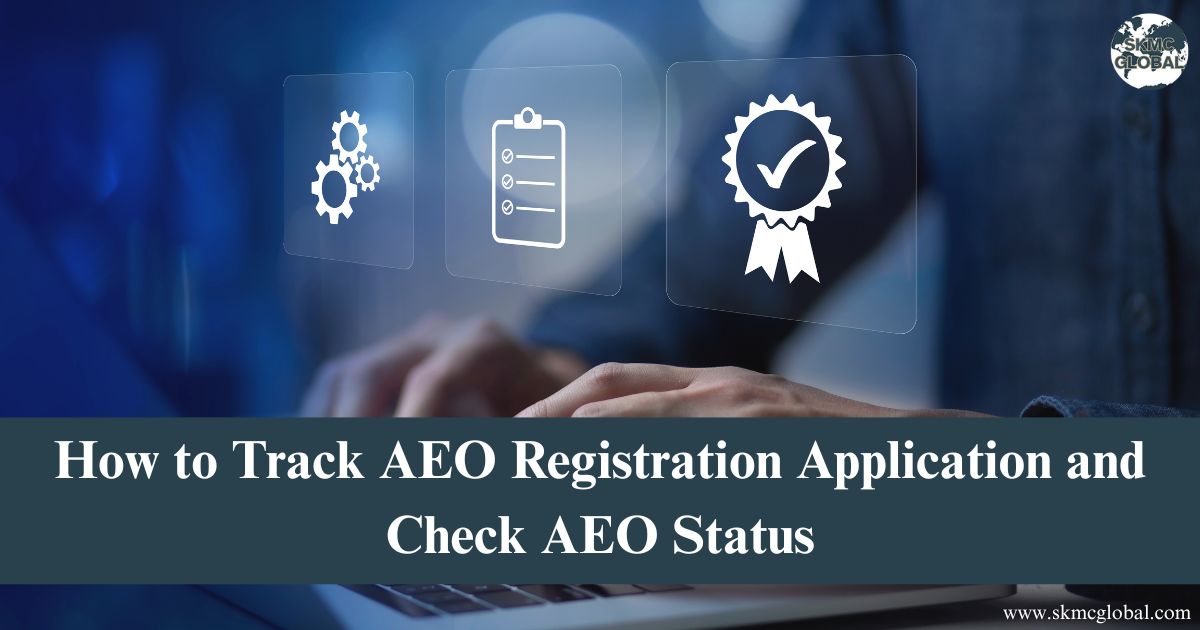 How to Track AEO Registration Application and Chec...
May 22,2025
How to Track AEO Registration Application and Chec...
May 22,2025
-
 Benefits or compliance under Indian Foreign Trade ...
May 20,2025
Benefits or compliance under Indian Foreign Trade ...
May 20,2025
-
 AEO v/s Non-AEO: Key Differences and Why Your Busi...
May 19,2025
AEO v/s Non-AEO: Key Differences and Why Your Busi...
May 19,2025
-
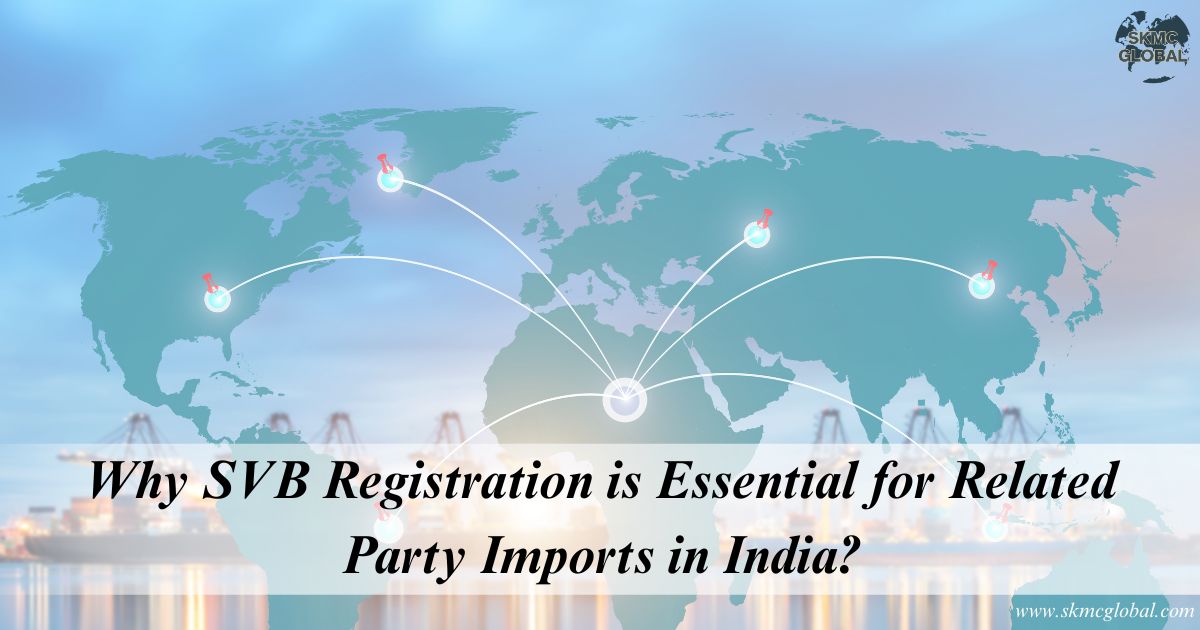 Why SVB Registration is Essential for Related Part...
May 19,2025
Why SVB Registration is Essential for Related Part...
May 19,2025
-
 How Mutual Recognition Agreements Augment AEO Cert...
May 15,2025
How Mutual Recognition Agreements Augment AEO Cert...
May 15,2025
-
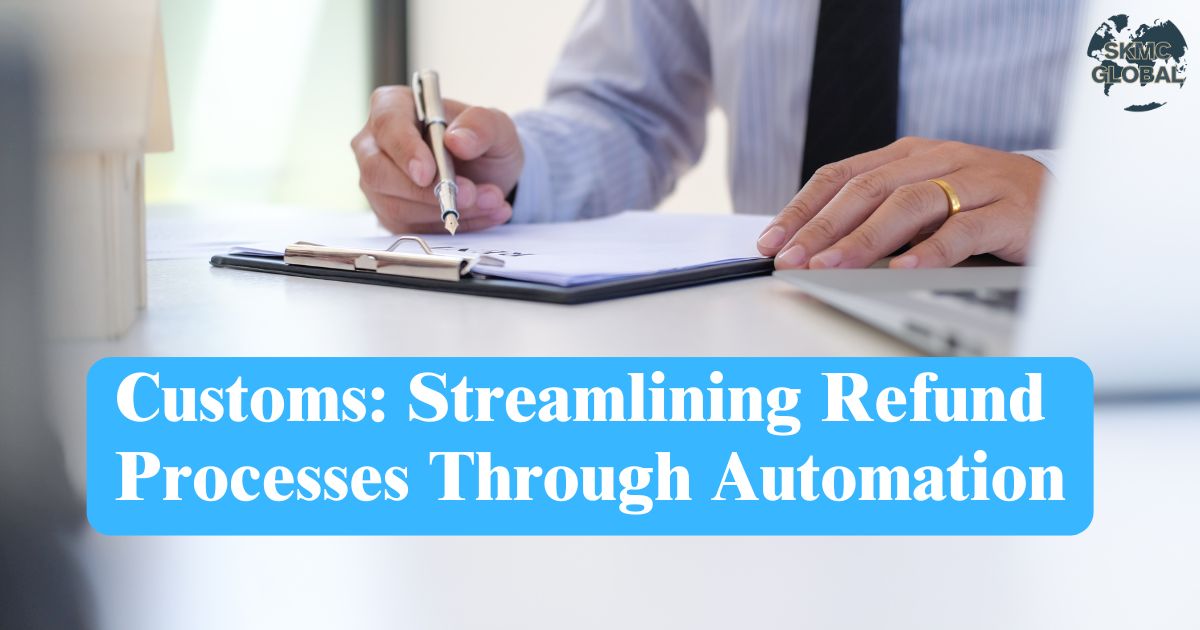 Customs Streamlining Refund Processes Through Auto...
Mar 17,2025
Customs Streamlining Refund Processes Through Auto...
Mar 17,2025
-
 Ekal Anubandh-Single Unified Multi-Purpose Electro...
Mar 06,2025
Ekal Anubandh-Single Unified Multi-Purpose Electro...
Mar 06,2025
-
 Revised guidelines on SVB assessment and its speed...
Aug 26,2021
Revised guidelines on SVB assessment and its speed...
Aug 26,2021
-
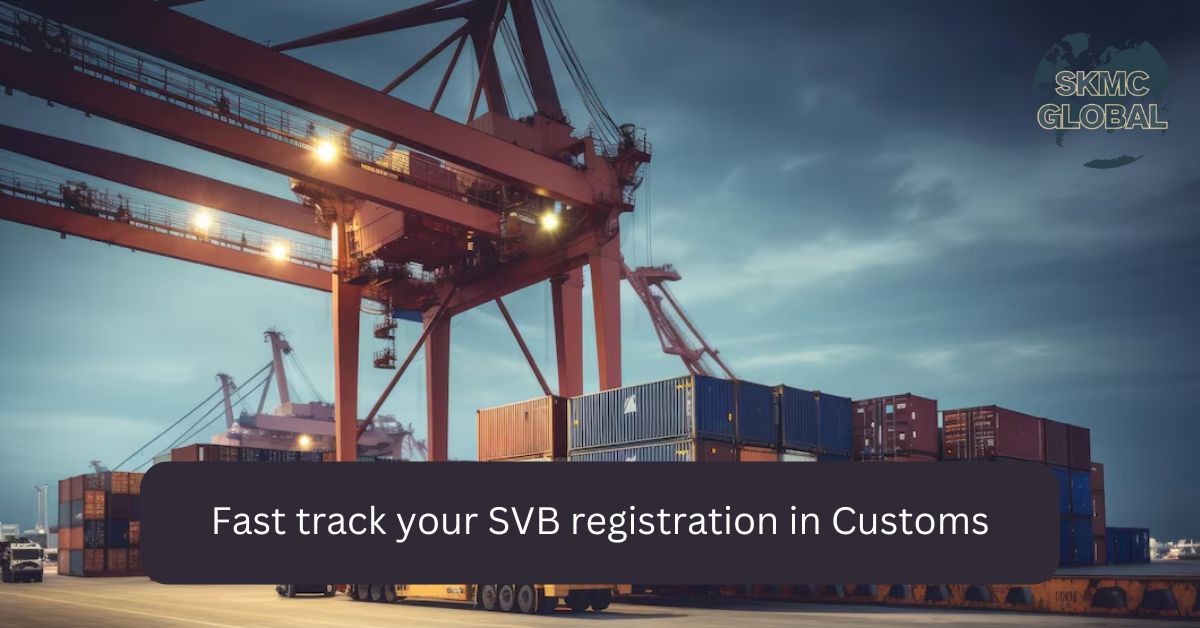 5 ways about how you can fast track your SVB regis...
Jul 21,2021
5 ways about how you can fast track your SVB regis...
Jul 21,2021
-
 AEO Registration in UAE...
Nov 16,2021
AEO Registration in UAE...
Nov 16,2021
